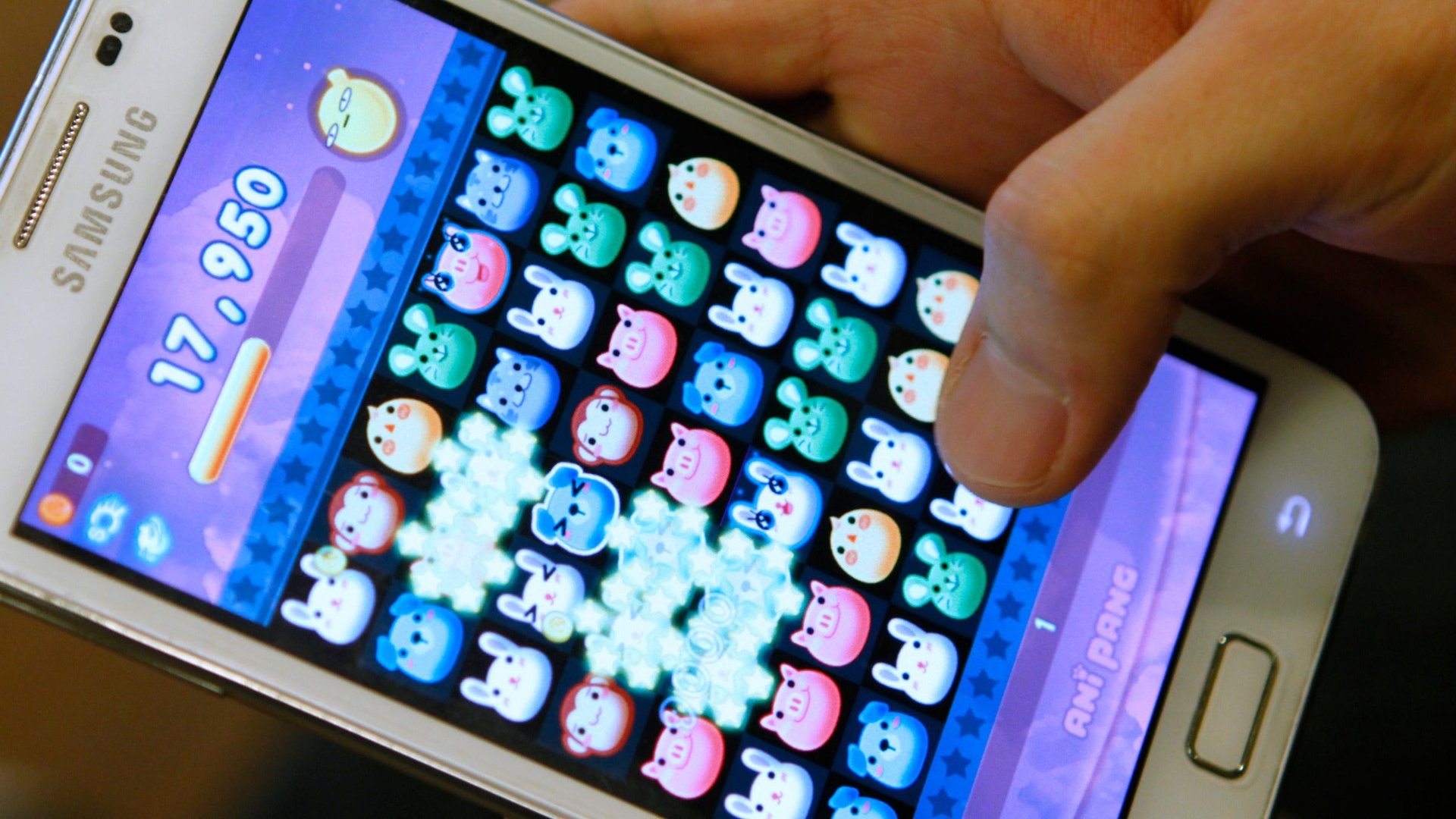Mobile games help Hollywood blockbusters extend their revenue
This post originally appeared at LinkedIn. You can follow Kevin Chou here.

Few TV series finales have come close to the cultural phenomenon Breaking Bad, which in the US ended its five-season run on Sept. 29. It seemed like everyone was watching the show; the viewership numbers for the final episodes were routinely described in the TV trade press with words like “stunning” and “whopping.”
The actual figure for the finale in the US? Ten million people—10.3 million to be precise. For US cable show finales, Breaking Bad ranked third behind The Sopranos and Sex and the City, which were watched by 11.9 million and 10.6 million people, respectively. Those are dedicated fans. The number of people who watched only one or two episodes of those shows may be 20 million.
Impressive numbers, to be sure—at least until you compare them to the number of downloads for Fast and Furious 6: The Game, a free driving game from my company that’s for mobile devices and is based on the popular film franchise. That number? More than 33 million. Or compared to the free jewel-gem game Candy Crush Saga, which is played by about 40 million people a month. Now those are impressive numbers.
The fact that a driving game that went largely unnoticed by mainstream media attracted almost twice the number of people than the most-chronicled event in TV entertainment in years shows that mobile games are rapidly overtaking television and movies as the most popular source of entertainment for a growing part of the population. And that is true by just about any metric, from time spent to dollars spent.
By the end of last year, according to Flurry Research, consumers in the US were spending 17% more time with their mobile phones than they were watching TV. Figures for other countries show similar trend lines. Games, by far, represent the biggest category of mobile apps, as well as the fastest growing.
And inside the world of games, free-to-play games like Fast & Furious 6: The Game and Candy Crush Saga continue to post multiple-digit annual increases. This is true across all demographics, including gender, age and income.
Games are the entertainment of the future, and free-to-play is the future of games.
Not only is mobile device use increasing, but TV viewership is cratering. According to Nielsen, TV viewing by 18- to 24-year-olds—a key demographic for advertisers—has declined during each of the last six consecutive quarters. In the course of two years, the decline amounts to 24 minutes a day, which, Nielsen ominously notes, is the length of the average sitcom.
In terms of monetization, an April report by Piper Jaffray noted that teenagers spend 6% of their disposable income on video games, compared with 7% on music and movies combined.
Mobile phones and tablets now have the graphics and processing power to host games every bit as compelling as those formerly found only on consoles. And they are bringing the games to the palm of your hand, whenever you want and wherever you happen to be.
With free-to-play games, this takes place at no cost to the player. That is a compelling value proposition. In the UK alone, the free-to-play market will increase to $432 million from $348 million in the next two years, a nearly 30% increase, according to SuperData Research. According to IDG, worldwide spending on virtual goods in games will reach $31.3 billion next year.
The fact that games are quietly displacing TV and movies as the entertainment media of choice is having profound ramifications for some of the world’s biggest industries. Movie studios, for example, will need to adjust to a new set of rules, one in which they can’t simply aggregate content and spool it out to passive viewers on whatever pace studio bosses deem appropriate. Instead, consumers are demanding multiple ways to interact with a studio’s content.
High-quality games not only extend a brand’s value, especially between content releases that studios directly control, but add a new revenue stream. Gaming can be turned on in minutes to all parts of the world where consumers may not have access to multiplex theaters but certainly have access to mobile phones. The Hobbit mobile game is expected to generate more than $100 million in revenue this year, a portion of which is shared with the developer’s Hollywood studio partner, Warner Bros. That’s found money for the studio at a time when the movie is not in theaters or fresh on DVD.
Plenty of industries, from travel agents to booksellers to newspapers, didn’t see the change happening around them caused by new digital technologies. Those businesses suffered as consumers found options that offered greater convenience and, often, lower prices. Today, mobile devices and free-to-play games are doing to their world what online services and e-commerce sites services did to store fronts and physical media. Consumers are increasingly making a choice to play vs. watch. The entertainment industry is evolving, and consumers are speaking with their attention and their wallets.